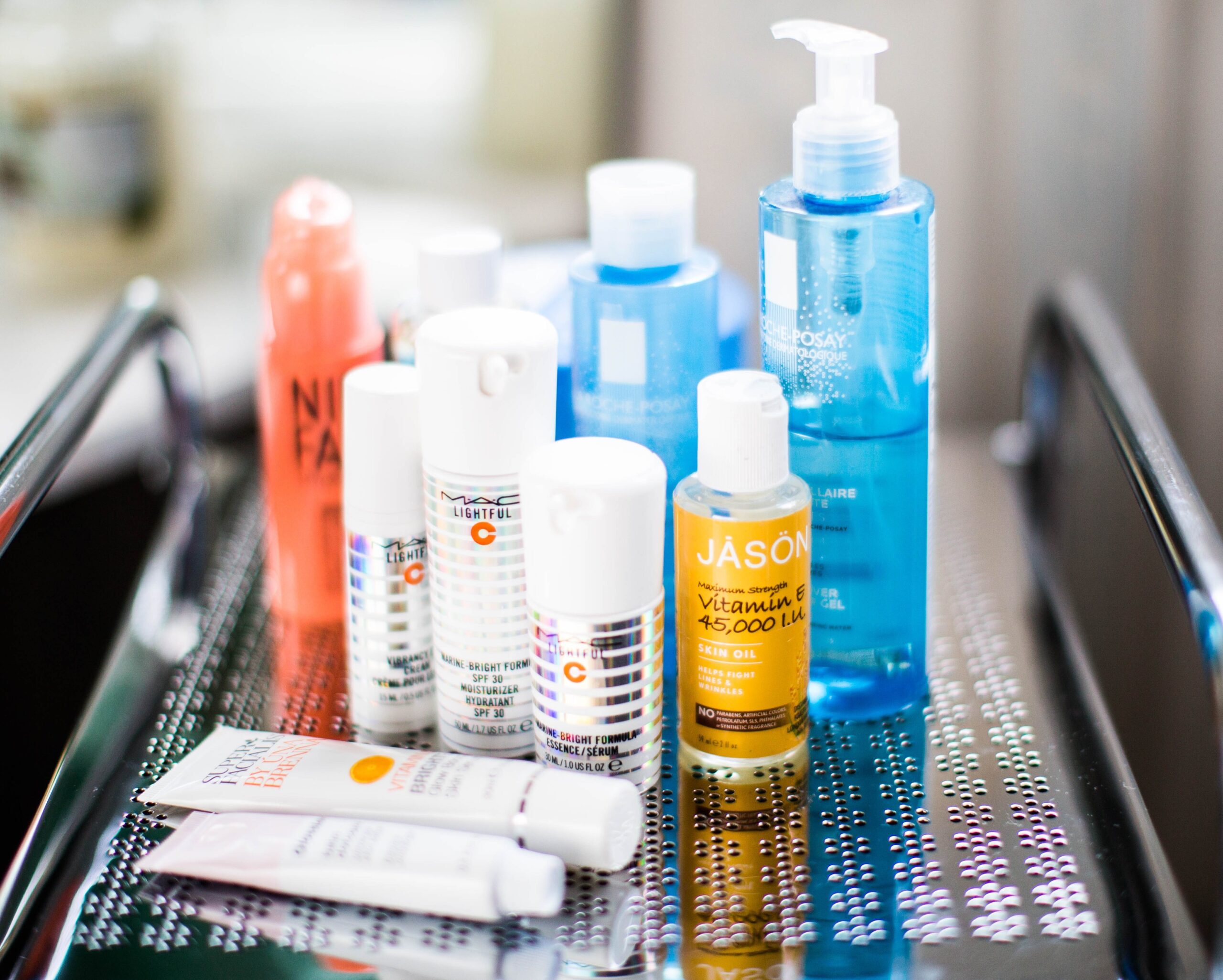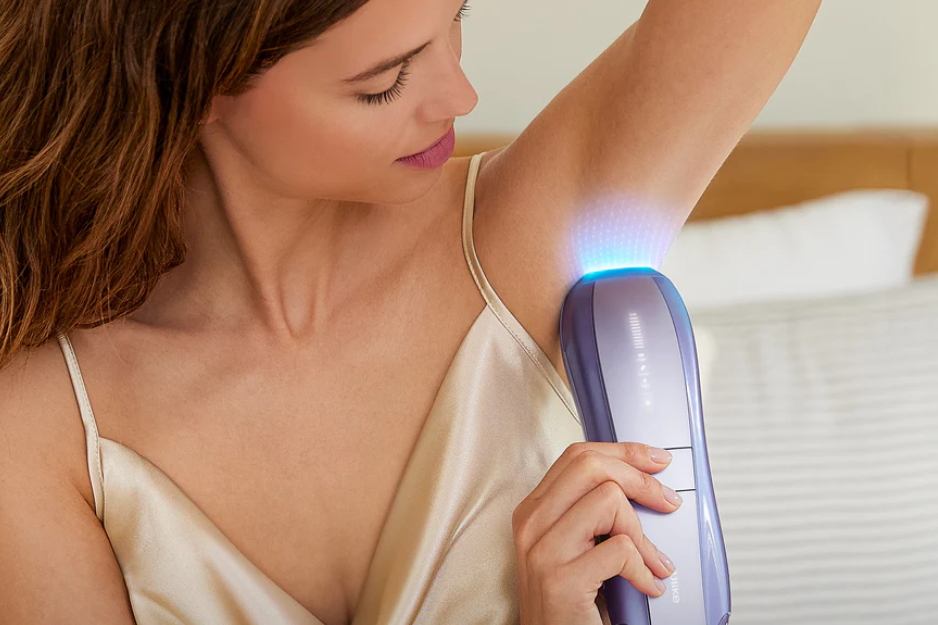These days, you practically need a cosmetics-to-English translator to understand the labels on your beauty products. Some phrases are worth paying attention to while others are considered pseudoscientific marketing ploys.
Considering the anti-aging industry is expected to generate over $200 billion by 2021, it’s no surprise that cosmetics have become a tower of Babel. So we’ve decided to try to clarify some of the most ubiquitous (and confusing) terminologies in your beauty regimen. Buyer beware!
Natural
Let’s start with the simplest term of the all: natural. What does it really mean? Unfortunately, there’s no hard and fast rule. “As long as a few ingredients that are listed are natural, the product can be labeled as natural,” board-certified dermatologist, Debra Jaliman tells Dermstore.com. “If a product is labeled as ‘natural’ it will generally mean that at least some natural ingredients have been used in the formula, but a product can be labeled as natural and contain up to 30% synthetic ingredients.” If you want to ensure you’re buying an ALL natural product—you need to find the 100% natural label or the NPA logo. “[This] means there are absolutely no synthetic ingredients,” Jaliman explains.
Cruelty-free
Cruelty-free is NOT the same as “Not Tested on Animals.” Just because a label claims a product is “cruelty-free” that doesn’t always mean it hasn’t been tested on animals. “Some companies may apply such claims solely to their finished cosmetic products,” according to the FDA. “However, these companies may rely on raw material suppliers or contract laboratories to perform any animal testing necessary to substantiate product or ingredient safety.” Meanwhile, several “raw materials” in cosmetics have been initially tested on animals when the product was first developed but claim the cruelty-free label now that testing is no longer required to make their cosmetics.
Dermatologist-Tested/Clinically Tested
These two terms sound like a mouthful, but in reality, they provide very little information. In general, the vaguer the promise, the less scientifically reliable the claim. “Phrases such as ‘clinically proven’ or ‘dermatologist approved’ have little meaning because they could refer to almost anything,” explains The Atlantic’s Timothy Caulfield. “For example, what kind of study led to the representation that a given product was clinically proven? Did the manufacturers simply ask a couple of buyers? Do not be fooled by this kind of language, particularly when … critical analysis of the claims [is] unlikely.”
Hypoallergenic
“Hypoallergenic cosmetics are products that manufacturers claim to produce fewer allergic reactions than other cosmetic products,” according to the FDA. “Consumers with hypersensitive skin, and even those with “normal” skin, may be led to believe that these products will be gentler to their skin than non-hypoallergenic cosmetics.”
In fact, hypoallergenic isn’t a term protected by legal or federal standards—so cosmetic companies aren’t required to substantiate these claims for FDA approval. So what does it mean? “The term means whatever a particular company wants it to mean,” claims the FDA.
“Hypoallergenic is not a legal term,” cosmetic chemist Randy Schueller tells Allure. “It’s a marketing claim and basically means the product won’t cause an allergic response in most people.” Note: Most doesn’t mean everyone.
Paraben-Free
Parabens are synthetic properties used in cosmetics as preservatives to prevent the products from developing bacteria. The concern is that excessive amounts of certain types of parabens have been linked to health problems including breast cancer and hormonal issues, according to Scientific American. But just because a product is paraben-free that doesn’t mean it’s preservative-free.
“You certainly don’t want parabens to be pulled out and a more dangerous preservative to be put in,” Rebecca Sutton, a scientist at the Environmental Working Group, tells the Los Angeles Times. “Sometimes cosmetic companies might jump on the paraben-free bandwagon without really doing a proper assessment of … the safer preservatives that they ought to be adding.”
Alternative preservatives like formaldehyde may also raise red flags. “It’s difficult to declare a preservative ‘safe,'” adds Sutton. “We have limited data to evaluate. We’ve been unable to create a list of safer preservatives at this time based on existing publicly available scientific literature.”
Non-Comedogenic
Comedones are basically breakouts on the skin—including bumps caused by oil trapped in hair follicles and straight-up blackheads. Those with acne-prone, oily skin are particularly susceptible to clogged pores, which makes thick, greasy skin-care products a big, fat no-no. If a product is labeled non-comedogenic, it suggests the formulation is less likely to block your pores and trigger a face full of zits. But, as we’ve learned, there are no guarantees in the world of beauty products. “Just because a product is labeled non-comedogenic does not mean it won’t cause comedones—it just means it’s less likely,” according to VeryWellHealth. “Everyone’s skin is different and reacts differently to every product.” That doesn’t mean you should dismiss the label entirely, but if that product is still prompting breakouts, it’s time to try another one. Sigh.
When it comes to purchasing cosmetics and skincare products, it’s not just about reading the labels, it’s also about examining the fine print. The ingredient list can often provide more insight into how a product is formulated than the buzz words on its packaging. You might need to do a little Googling before you hit the checkout counter, but your face will thank you in the long-run.










